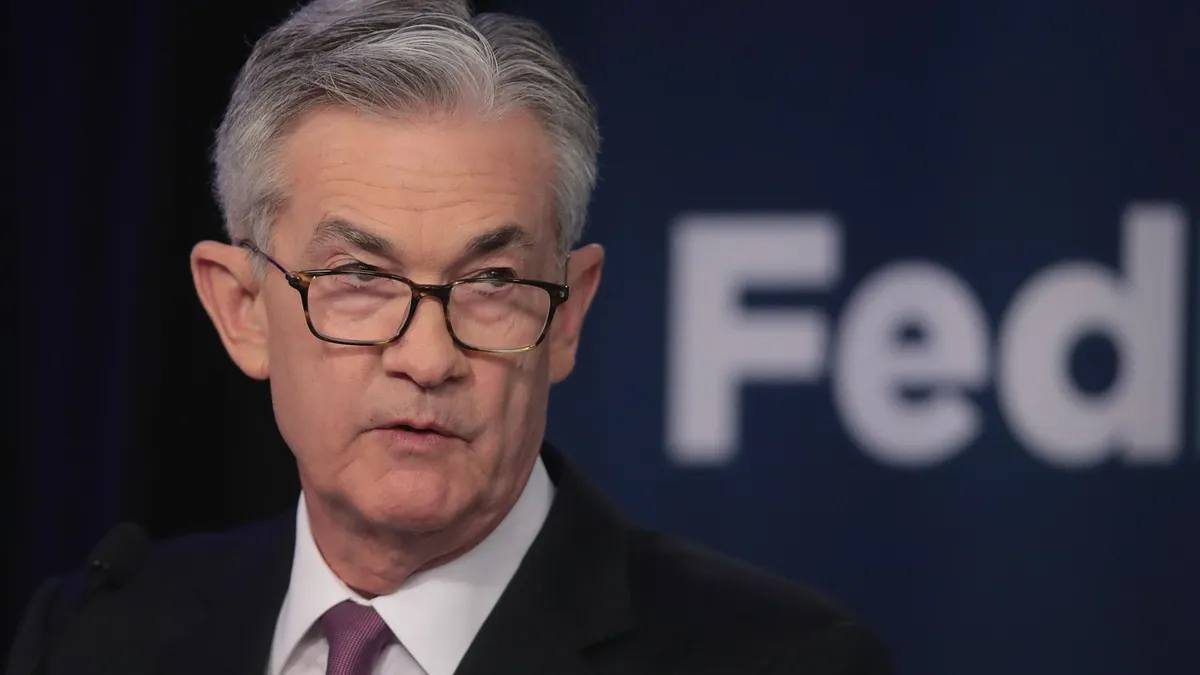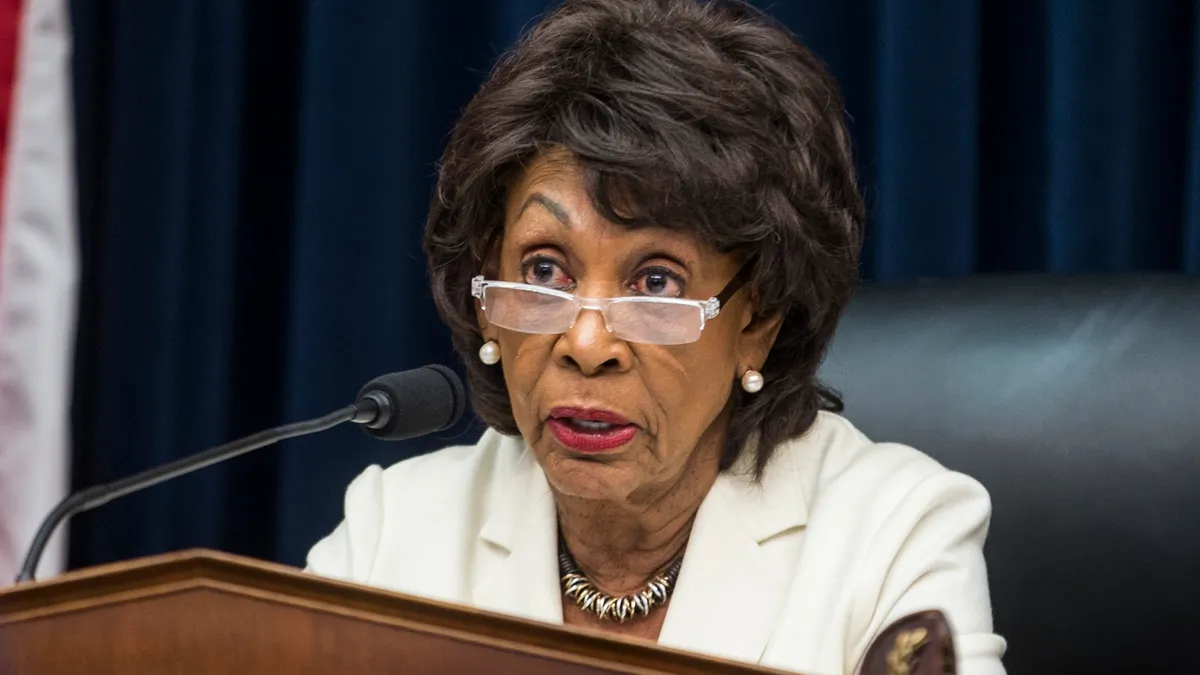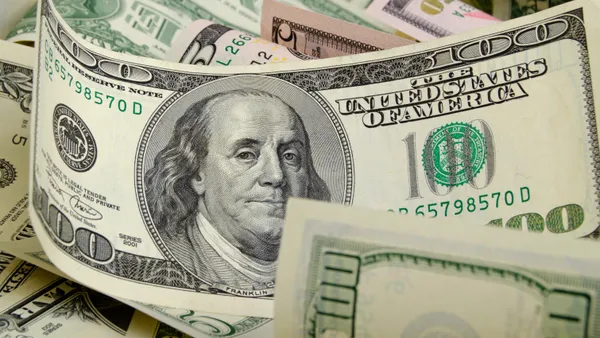Dive Brief:
- The Trump administration is stepping up pressure on the Federal Reserve to cut the benchmark interest rate, asserting that inflation is cooling and passage of President Donald Trump’s sweeping tax and spending legislation now before Congress would inject the economy with deflationary supply-side stimulus.
- “There’s no reason at all for the Fed not to cut rates right now,” Kevin Hassett, director of the National Economic Council, said Monday. “I would guess that if they see one more month of data, they’re going to really have to concede that they’ve got the rate way too high, as President Trump said,” Hassett said in a CNBC interview.
- Trump this year has repeatedly urged Fed Chair Jerome Powell to reduce borrowing costs, calling on Friday for a reduction in the main rate by as much as 3 percentage points from the current level between 4.25% to 4.50%. “We have virtually No Inflation, our Economy is doing really well,” Trump said, claiming that a big cut to the benchmark rate would annually slash U.S. interest payments by $1 trillion.
Dive Insight:
Republican lawmakers on Tuesday may chime in with criticism if Powell affirms the central bank’s “wait-and-see” monetary policy approach during scheduled testimony before the House Financial Services Committee.
“For the time being, we are well positioned to wait to learn more about the likely course of the economy before considering any adjustments to our policy stance,” Powell said during a press conference Wednesday after policymakers decided to leave the main rate unchanged.
Powell reiterated that the path of the economy is far from clear. “Changes to trade, immigration, fiscal and regulatory policies continue to evolve, and their effects on the economy remain uncertain,” he said.
Yet two policymakers have recently flagged signs that price pressures are declining and said the central bank may need at its July 29-30 meeting to renew the easing that it has suspended since December.
“Should inflation pressures remain contained, I would support lowering the policy rate as soon as our next meeting in order to bring it closer to its neutral setting and to sustain a healthy labor market,” Fed Vice Chair for Supervision Michelle Bowman said Monday.
The economy is losing momentum, Bowman said, putting the job market at risk of losing steam.
“With economic growth slowing, it is possible that recent softness in aggregate demand could be starting to translate into weaker labor market conditions,” Bowman said.
Fed officials in a median projection released on Wednesday forecast that gross domestic product will expand just 1.4% this year, or 1.1 percentage point less than last year. In March they predicted 1.7% GDP growth in 2025.
“While still strong, the labor market appears to be less dynamic, with modest hiring rates, layoffs edging up from low levels and job gains concentrated in just a few industries,” she said.
“With inflation on a sustained trajectory toward 2%, softness in aggregate demand and signs of fragility in the labor market, I think that we should put more weight on downside risks to our employment mandate going forward,” Bowman said.
Other U.S. central bankers have said recently that the inflationary impact from import duties will probably fade. Instead, like Bowman, they have warned of weakness in the labor market.
“I’ve been saying for probably a year that I think the important thing for central bankers to do is look through tariff effects on inflation,” Fed Governor Christopher Waller said Friday.
With recent data showing price pressures easing on a monthly and 12-month basis, the central bank should consider trimming borrowing costs by 0.25 percentage point next month, Waller said.
“You’d want to start slow and bring them down, just to make sure there’s no big surprises,” he said in a CNBC interview. “But start the process — that’s the key thing.”
Trump administration officials, like their boss, have been unambiguous in their call for lower borrowing costs.
“The United States of America is the greatest country in the world yet it has to suffer with the highest interest rates of any first class country,” Commerce Secretary Howard Lutnick said Friday.
“Our Federal Reserve Chair is obviously afraid of his own shadow,” Lutnick said on X. “These high Interest Rates make no sense. Enough is enough!!!”
Vice President JD Vance has also lambasted Powell this month, saying “the refusal by the Fed to cut rates is monetary malpractice.”















